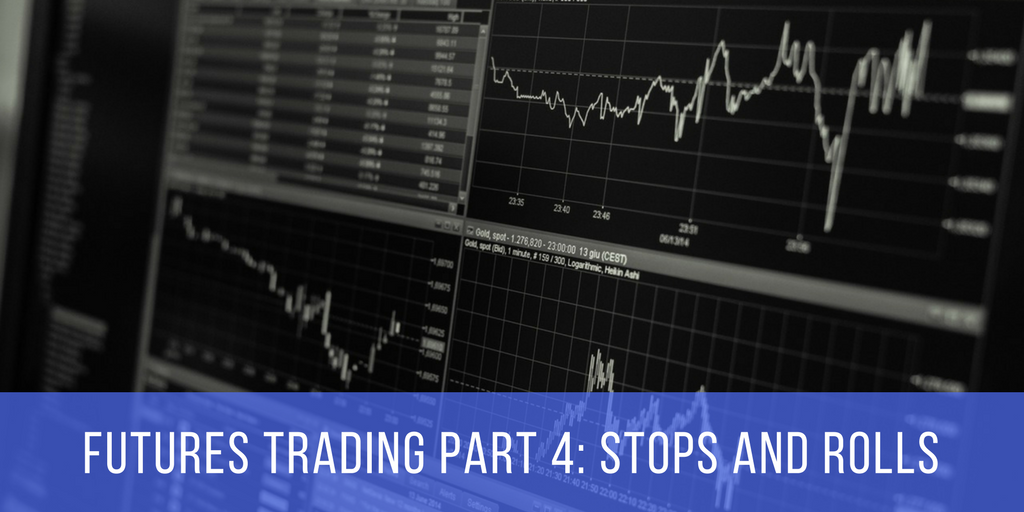If you’ve stuck it out this long, I commend you. Just kidding- hopefully you’ve enjoyed my four-part series on futures trading! If you stumbled upon this blog by chance and don’t know what I’m talking about, TURN BACK NOW. Not actually- but if you want a full understanding of futures trading, I suggest you start from the beginning with Futures Trading 101. This is the fourth and final section of my series on futures trading. We just looked at the risk associated with futures trading and the considerations you should make before investing in a contract, so now we’ll take a look at stops and rolls.
Stops and rolls kind of reminds me of the stop, drop and roll fire safety technique kids are taught in elementary school. The kind I’m talking about are a little different, but they’re also a safety tactic, as they go along with risk management.
Stop orders (stops for short) are a tool that investors can use to practice risk management in futures trading. They are a way for traders to buy or sell at a set price in order to limit losses and secure gains. The idea of a stop order, according to financial analysts Richard Illczyszyn, is to take the emotion of the trade by helping you set forth a plan of how much you’re willing to lose and how much you hope to gain. Stop orders allow you to back out of a trade at a set level and cut your losses to avoid substantial loss of money. In addition to having a set level at which to back out in mind, traders can also place physical stop loss orders when entering a trade that will automatically terminate the contract if the level you choose fails. It’s important to note, Investopedia states, that stop orders are not failsafe: in volatile markets, they could fail to execute at your desired level, causing you to lose more than intended.
Another movement in futures trading is rolls. Just as the basic meaning of stop orders is obvious, rolls are just what they sound like. Futures contracts have set expiration dates, so when you reach the end of your contract, you have a decision to make: do you want to close out or roll over into another expiration date? If you decide to close your position, you have the option to sell the futures you own or purchase the ones that you’re short. If you let your position roll over, then you need to close your current position and open a new one with a new contract with a longer expiration date, allowing your trade more time to succeed.
Anthony Grisanti, founder and president of GRZ Energy, advises giving yourself plenty of time (at least two weeks) to formulate a strategy if you decide to roll over your position. “That way, you can take stock of the market dynamics and not feel rushed as you manage your positions,” he says.
It’s also important to realize that there will sometimes be a roll cost associated with rolling your position to a further date, which is a normal consequence of rolling a position, as multiple variables such as market conditions, storage costs, interest rates, and dividends can cause the value of a contract to increase. A roll cost is simply the price of maintaining one’s position in a later month.
Well, this is where I leave you. I hope that I’ve provided you a strong foundation from which to continue your study of futures trading. My guide is by no means exhaustive, so I encourage you to explore other resources in your quest for trading knowledge.
